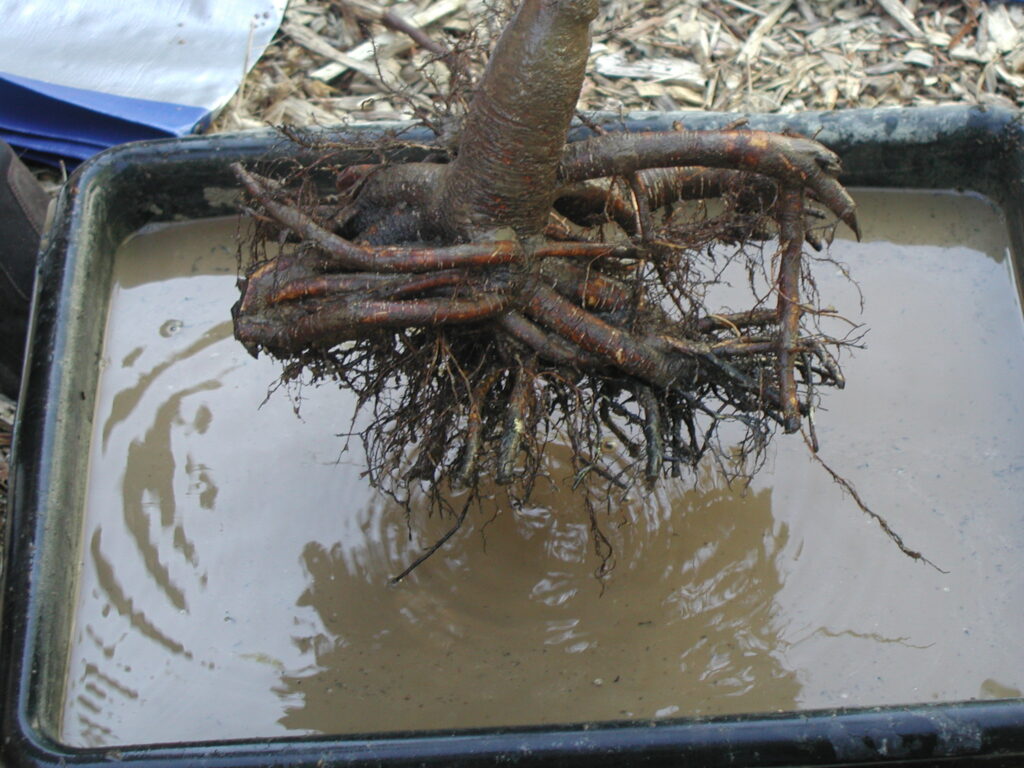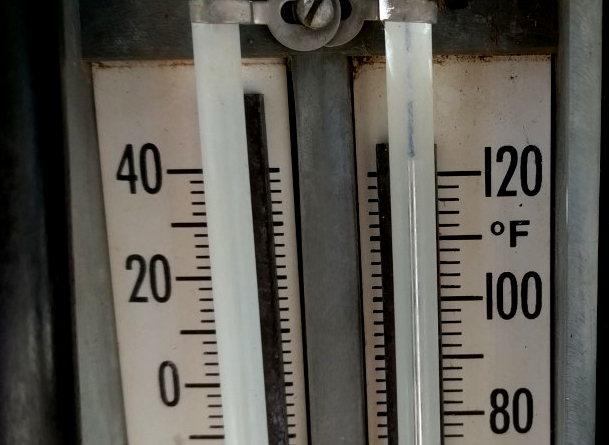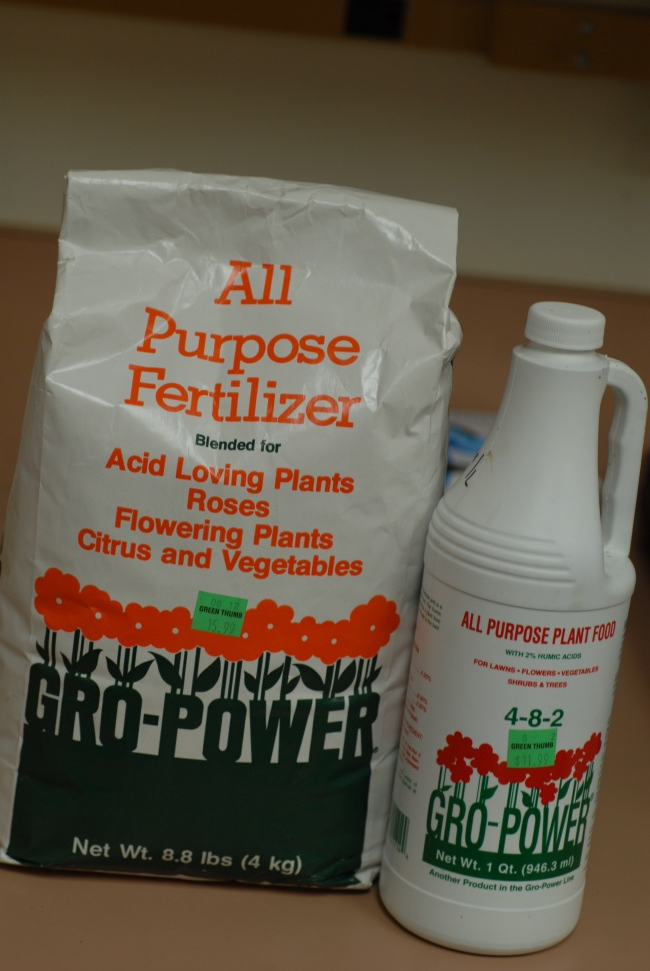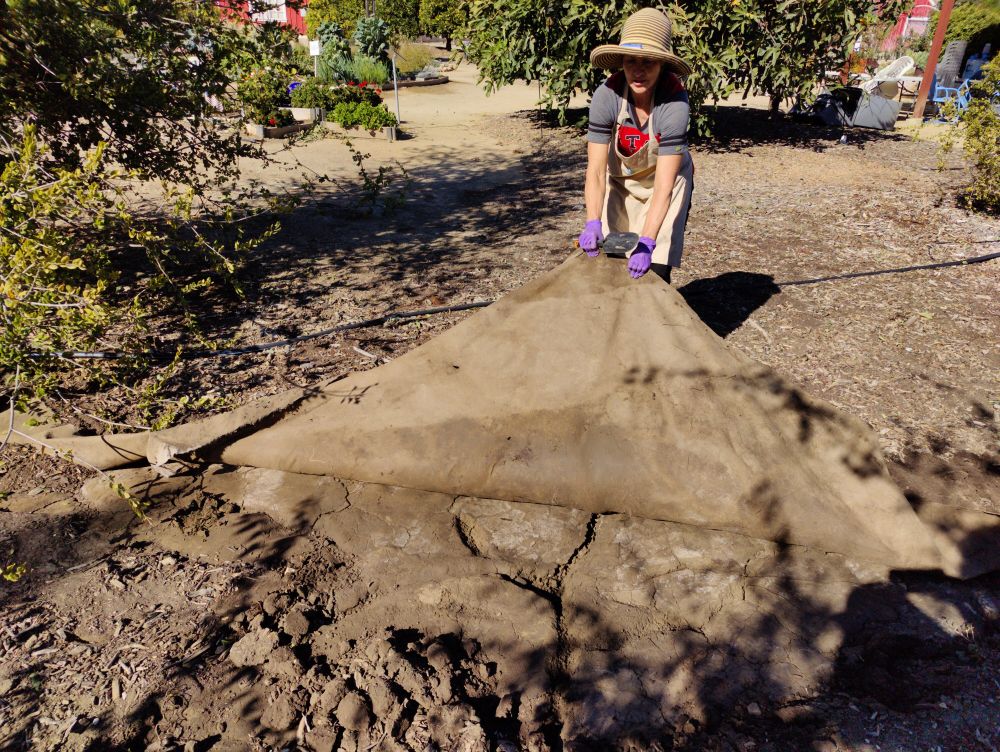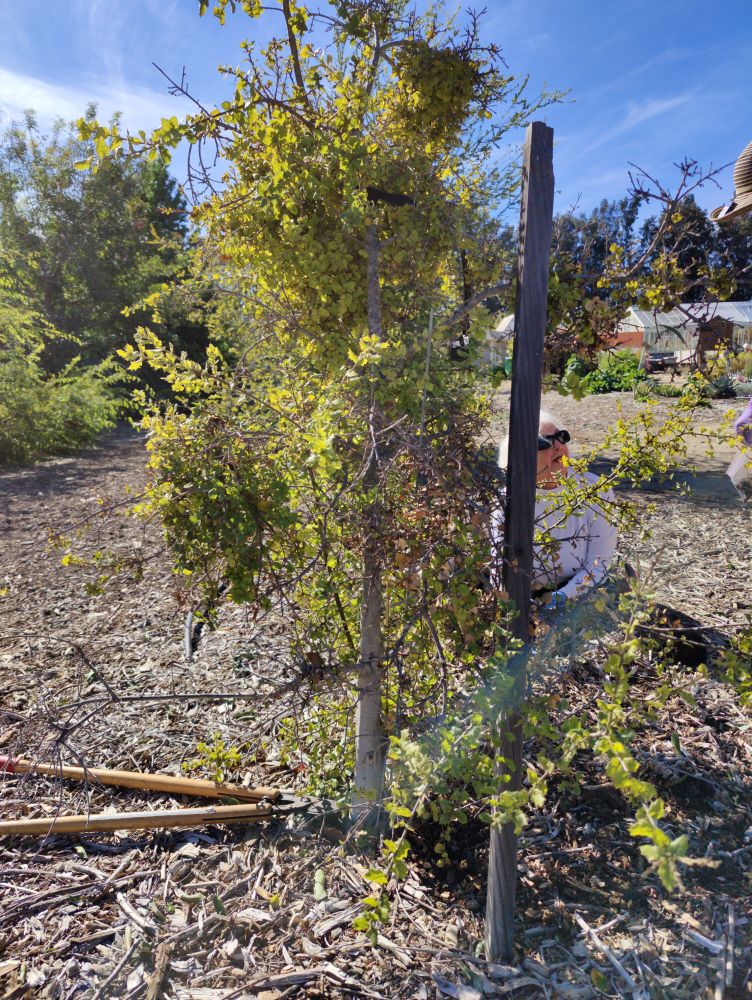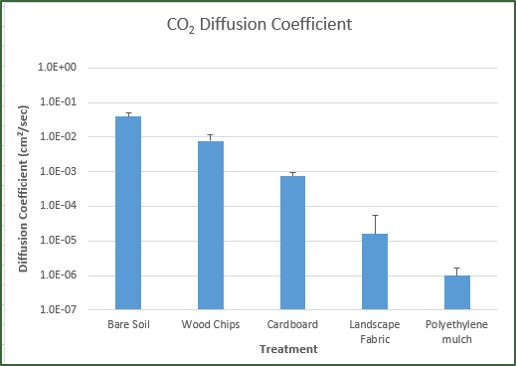
Arborists are trained in seminars and texts that rot in trees is bad. Wood decay can constitute a “hazardous condition” which when accompanied by the tree being in a place that has a target and the tree is large, can create a “hazardous tree”. The notion of hazardous trees is a uniquely human construct that has little to do with the ecology of trees, the variety of organisms that utilizes large declining trees, and does not consider what the various defects in trees may be contributing to the environment or forest around that tree in terms of organism habitat. Humans require that trees living near them must perform appropriately otherwise get out the chain saw and make them comply. In the last decade tree care for birds and wildlife has become a popular training subject for arborists in the western United States. In Europe researchers have been popularizing the notion that large trees can become centers of biodiversity because they have many microhabitats that support numerous organisms not found on younger trees. This concept is abbreviated TreM or Tree related Microhabitat.

As trees mature and then decline, they accumulate deadwood, cavities, epiphytic organisms, excrescences, exudates, fungal decay organisms, and even accumulates of soil or pockets of water in branch crotches. Arboriculture practice tends to regard tree defects as having no value, thus we remove dead wood, cut down trees with cavities and condemn trees with wood decay sporophores. It is now accepted that the more “defects” a tree accumulates the quantity and diversity of organisms associated with that individual tree also increases. In this sense old trees become centers of biodiversity within both managed and unmanaged forests.

The health of a forest is not measured only by the quality of the wood it can produce or the number of board feet it can supply, but also by its connections to other organisms that ensure its health over time. Forests are ecosystems and require connections between organisms and diversity of organisms in order to be resilient. These organisms utilize not only living but also dying and declining trees. Ancient trees are often rich in defects and have many TreM’s.

Tree injuries such as storm damaged branches, lightning scars, frost cracks, branch failures and and other damage are all considered TreM’s. While these are functional habitat in forests they may be quickly removed from the urban forest even if they do not pose a hazard. Now that they have apparent value, perhaps we can rethink their removal where and when appropriate.

The TreM concept is derived from trees growing in forests not those in cities. TreM’s may not become a management tool for urban forestry, however there are many lessons to be learned from the TreM concept. The greater the number of microhabitats, the more organisms and connections between organisms there will be. This provides resilience even to urban ecosystems. There is strong evidence that TreM’s serve as a reservoir of organisms in forests helping to maintain their health. Using the TreM concept for non-forest trees will not change how trees are managed for many situations. Risk tolerance often trumps ecosystem services. Greater understanding of TreM’s will perhaps allow us to save trees that do not pose hazards where they would otherwise be disposed of. Some tree managers have tried to create defects in trees to enhance habitat for wildlife. This is not based in science and I do not advocate creating TreM’s for the sake of having them in trees. Fungi and other organisms find their way into trees all too easily. Until we have some science based evidence for the creation of TreM’s, I recommend against it. It’s the whole do no harm thing we have going as plant pathologists. Being aware of TreM’s and evaluating their usefulness in the urban forest is a new area of study.

In their field guide, Butler et al., 2020 describe 47 TreM’s that they further break down into 15 groups and 7 types. The field guide is available on line if you want to find out more about TreM’s. The research on TreM’s is nascent, and restricted mainly to Europe and Canada. This fall we will collect data in the Chiricahua Mountains to add to that body of research as part of the South Western Research Station’s Trees Course to be held the last week of September into early October.
References
Butler, R., T. Lachat, F. Krumm, D. Kraus, and L. Larrieu. 2020. Field guide to Tree-related Microhabitats. Descritpions and size limits for their inventory. Birmensdorf, Swiss Federal Insitute for Forest, Snow and Landscape Research WSL. 59 p. www.wsl.ch/fg-trems
Larrieu, L., Paillet, Y., Winter, S., Butler, R., Kraus, D., Krumm, F., Lachat, T., Michel, A.K., Regenery, B., and Vanderkerkhove, K. 2018 Tree related microhabitats in temperate and Mediterranean European forests: a hierarchical typology fr inventory standardization. Ecologial Indicators, 84: 194-207











